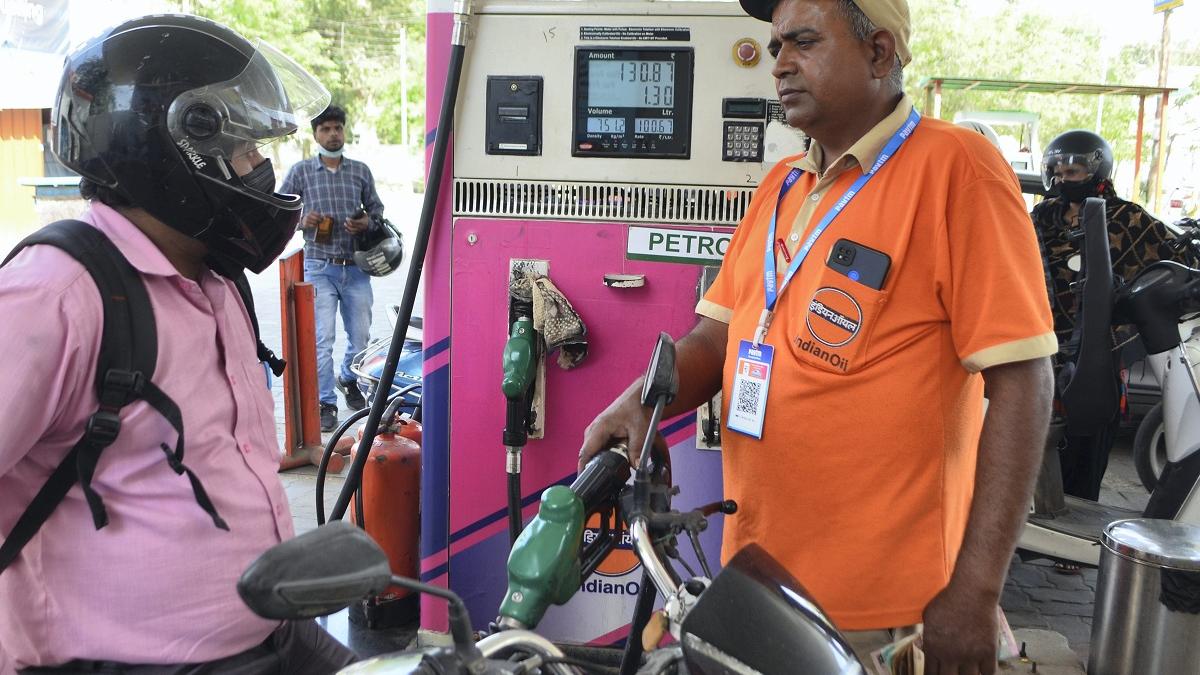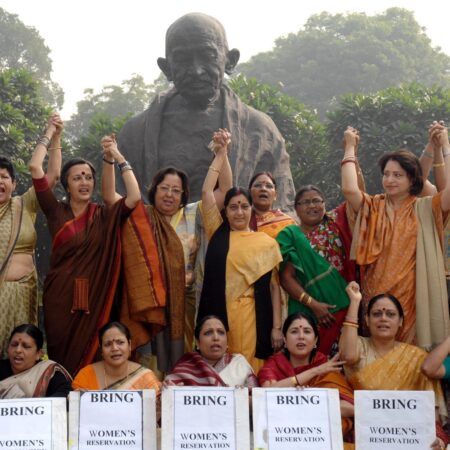Fuel prices today have significantly increased. The government is reluctant to bring petrol under GST and the finance minister has been talking about oil bonds.
The price of petrol and diesel have significantly increased. This has increasingly placed a burden on middle and poor-class families since petrol is an item of necessity rather than a luxury. The price of petrol and diesel is calculated on two basis- the first is the crude oil price in the international market and the second is the taxes levied on petrol and diesel by the government.
Prices of crude oil in the international market have increased because of the Russia-Ukraine war. Recently the finance minister said that the war is only one of the reasons for the high fuel prices The second is the oil bonds. She said, “Taxpayers of today are paying for the subsidy which was dished out to consumer more than a decade ago in the name of oil bonds and they will continue to pay for the next five years as the redemption of bonds continue still 2026”.

Bonds are a kind of loan. They are issued by the government and the government has to pay interest rates on them. Bonds fluctuate and can be traded.
Oil bonds are issued by the government to compensate oil marketing companies (OMCs) to avoid charging consumers full prices. They are issued when the prices of fuel are too high for domestic consumers. The bond is issued as a commitment that after some years the government will pay them the money. In India, oil bonds were issued by many governments. In 2002 the BJP and Vajpayee led government
Gave birth to Oil Bonds. The then Petroleum Minister Ram Naik spoke in Parliament about Oil Bonds. He said, “We have to tackle the situation with a mixture of three options – adjustment of taxes and duties, issue bonds to control oil pool deficit, and increase prices.”
The Vajpayee government issued the first kind of Oil Bond for a sum of 9000 Crore INR.
Then the Congress came into power and they settled these oil bonds and later issued oil bonds themselves. In 2008 in his address to the nation the then Prime Minister Manmohan Singh had said “…, I would like the nation to remember that issuing bonds and loading deficits on oil companies is not a permanent solution to this problem.
We are only passing on our burden to our children who will have to repay this debt. Cutting down on the returns of our oil companies will choke a sector vital for the growth of the economy. We need more corrective measures in the future on many fronts.
In the long term, our country must have a sound strategy for energy security.” The oil bonds at that period were an important step that helped Indians emerge from the global 2008 financial crisis.
From 2005 to 2012 oil bonds worth Rupees 1440 billion were issued by the Indian government to the oil marketing companies. In 2015 when the Modi government came into power it had to pay rupees 1,34,423.17 crore or approximately Rs 1.34 lakh crore.
The government has to pay taxes on the bonds that have not matured. To date, it has had to spend rupees 93,686 crores as interest and also as principal. The NDA government has fully paid 4 bonds worth Rupees 13,500 crore. Many experts believe that the payout is not big compared to revenues earned in this sector.
Published By : Akshita Katoch
Edited By : Vanshika Sahu













